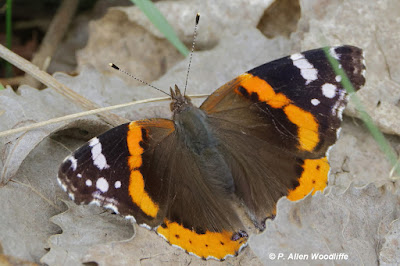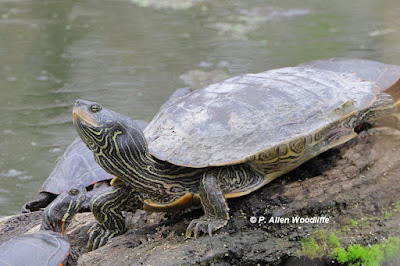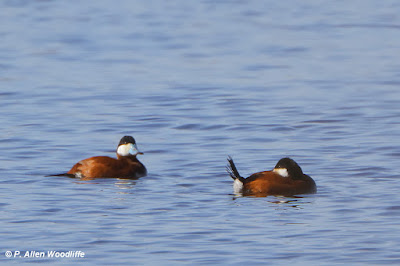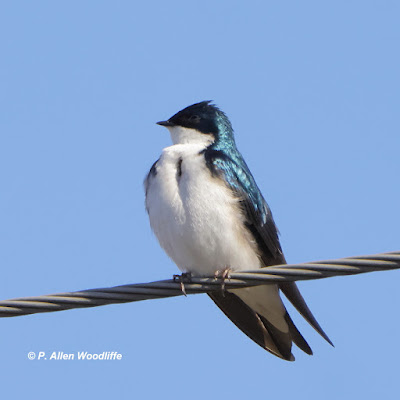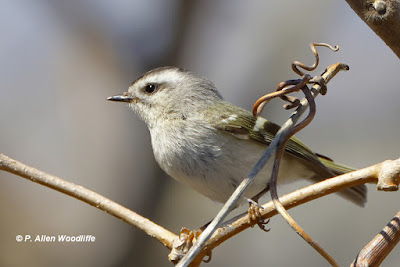I promised an update on where this is available, and given that the Christmas season is not far off now, people may be looking for something special or different as a gift to give. Therefore here is the current list of places where this book available:
Friends of Rondeau bookstore (has very limited hours, mainly weekends)
Bayview Market, just outside the Rondeau gates
Mindful Market and Eco Hub, Blenheim (corner of Marlborough and Talbot streets)
Mitton's Jewellers and Gifts, Ridgetown, (just east of the main intersection)
The Book Brothers, Chatham (just east of William St, on King St east)
The Five-eau, Erieau, also Molly & OJ's, both on Mariner's Road
Sydenham Field Naturalists, Wallaceburg (https://www.sydenhamfieldnaturalists.ca/publications/)
Below is the original post announcing it back in April, and describing it a little.
***********************************************************************
A few posts ago I mentioned about a forthcoming announcement. And today is the day. I have just produced a book entitled "Life on a Sandspit, a collection of photos depicting some of the natural history of Rondeau Provincial Park"
Since the 1980s I have had upwards of 500 photos used in various books at the request of the authors, as well as several hundred more for pamphlets, journals, smaller booklets and various people's or organization's web sites. I have long thought about publishing a book of my own, and in fact have a couple of projects underway. One would be to give a much more detailed written description of Rondeau, its beginnings and the several major habitats found there. Rondeau is one of the most biodiverse parts of Ontario, indeed of Canada, and needs more information to be made available to anyone interested. Why don't I do it? I have had more than 6 decades of a connection to Rondeau, and in fact it was exactly 50 years ago this spring when I started my career there. For the first three years, I was a seasonal/summer student while pursuing a degree in biological science from the University of Guelph.
As I proceeded to work on a larger, more detailed book on the natural history of Rondeau, I found it rather daunting to get into the production stage, so a few months ago, decided to move forward with a simpler project, with an emphasis on some of the photography I have done there over the years. There are several chapters, featuring the Beach & Shoreline, the Pine/Oak Savanna, the main Woodland component including Old Growth Forest as well as Sloughs, and finally, the Marsh.
In addition to a small amount of written material, there is a total of 86 photos featured in this 60 page book, which measures 9" X 12" in a landscape format. Many photos are full page, bleeding to the edges. Some pages have two or more photos. Quite a few of the photos have appeared in one of my many blog posts over the years.
I just picked up the books from the printer earlier this week.
Here are a few of the ones in this photo book in general alphabetical order based on their label. Clicking on a photo will provide a larger image to view.
Details regarding local sources for this book, as well as pricing, are yet to be finalized. Places like the Friends of Rondeau bookstore and other local sites are being approached. I will update details as they become available.
If you would like to subscribe, or unsubscribe, to Nature Nuggets, send an email to: prairietramper@gmail.com



m.jpg)



































